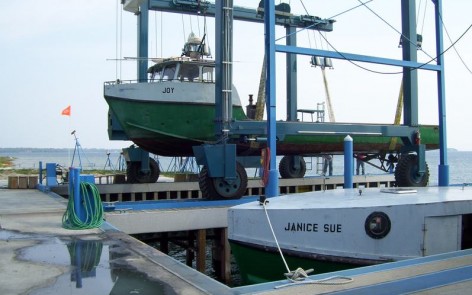A Gallery of Fishtown Tugs
A gallery of historical photos of Fishtown’s fishing tugs.
By the late 1800s Leland was home to a small fleet of fishing vessels. These early fishermen set their nets offshore in open wood mackinaw boats rigged with sails. By 1905 the fishermen began to replace the sails in their mackinaw boats with gas-powered engines. The new engines and the addition of protective cabins enabled the fishermen to fish farther from port, in more inclement weather, and for more of the year.
Diesel eventually replaced gas and new machinery was added to newly built tugs that made the fishermen increasingly efficient at catching fish, but wood tugs still reigned in Fishtown until the late 1950s. In 1958 the Steffens and Stallman families dedicated two new fish tugs in Leland. With these boats, the Janice Sue and the Mary Ann, commercial fishing in Leland left the world of wood boats and entered the world of steel, with hulls specially designed for the rigors of this part of the Great Lakes. Janice Sue has served in Leland ever since. Trap net fishing began in Leland in 1982, with the launch of the hand-crafted steel tug, the Joy.

Thanks to all those who have helped in the past and to all those who are continuing to keep her working.